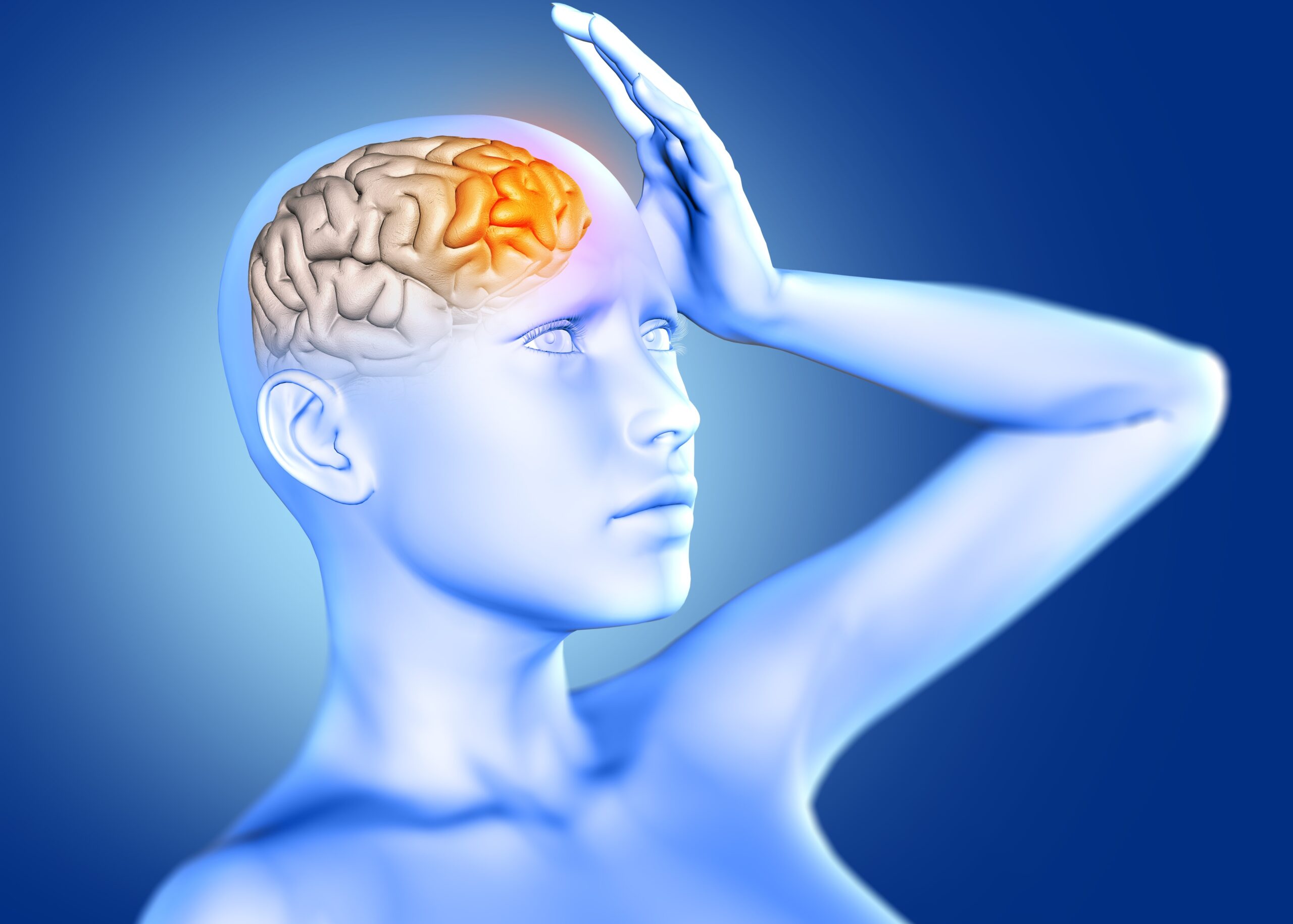A stroke is one of the most common medical emergencies that occurs in the United States & Canada.
It is the 5th leading cause of death and disability in the United States & Canada.
Often we use the term “stroke” and “heart attack” interchangeably.
They might cause the same symptoms, but they are very different and occur in different parts of the body.
A stroke is a cerebrovascular occurrence, which means it affects the brain.
While 80 percent of strokes are preventable, they are still a very real threat to many people.
Most stroke patients suffer long-lasting effects, including speech impairment, paralysis and trouble seeing in one or both eyes.
Fortunately, stem cell therapy can greatly help patients who have experienced a stroke.
Early action during a stroke can make a big difference in the outcome for the patient.
Today we’ll walk you through how stem cells help stroke victims.

What happens inside your body during a stroke?
Many people think a stroke happens in the heart, but it actually takes place in the brain.
And the more you know about strokes, the better prepared you are to prevent them — or take action if one happens.
There are two different types of stroke: ischemic strokes and hemorrhagic strokes.
“When people talk about stroke, they’re often describing an ischemic stroke, where blood flow to the brain is blocked,” says Dr. David Ermak, vascular neurologist.
“Hemorrhagic strokes are less common and happen when a weak or ruptured artery leaks blood into the brain.”
Ischemic stroke vs. hemorrhagic stroke
During an ischemic stroke, arteries to your brain get blocked or become narrowed by a blood clot.
Ischemic strokes can be classified as either thrombotic or embolic, depending on where the blood clot forms.
In a thrombotic stroke, a blood clot forms in an artery that carries blood to your brain.
A clot usually forms in an artery that is already narrowed by plaque buildup.
In an embolic stroke, a blood clot forms in another part of your body, breaks away and is swept toward your brain.
Often, these blood clots form in the heart.
TIAs – “Mini Strokes”
Often referred to as a “mini stroke,” a transient ischemic attack (or TIA) happens when a blockage in a blood vessel stops the flow of blood to part of your brain.
Though blood flow is usually blocked for fewer than five minutes, this event is just as serious as a major stroke.
TIAs are usually caused by blood clots and are often “warning signs” of an ischemic stroke — in fact, over one-third of people have a stroke within a year of having a TIA.
Someone having a TIA or a major ischemic stroke might show the same symptoms, so it’s vital to get emergency medical help as soon as possible.
Though TIAs often don’t cause any damage, getting treatment for a TIA can help you work toward preventing a major stroke in the future.
What are the signs and symptoms of a stroke to look for?
When someone has a stroke, get medical help as soon as possible to restore blood flow to the brain or stop the bleeding.
These symptoms signal that someone may be having a stroke:
– Sudden weakness or numbness in your face, arm or leg on one side of your body
– Speech difficulty or inability to understand speech
– Sudden loss of balance or coordination
– Vision loss or dimness in one eye-Trouble swallowing
– Sudden and severe headache with no cause
You can also use the the acronym BE FAST to remember the signs:
– Balance difficulties
– Eyesight changes
– Face drooping
– Arm weakness
– Speech difficulty
– Time to call 911

How do stem cells help stroke victims?
Stem cell therapy for stroke involves surgery to transplant stem cells into the tissues surrounding damaged areas of the brain.
It was previously believed that stem cells could infiltrate areas damaged by stroke and replace dead brain cells. Interestingly, it’s now known that stem cells don’t turn into brain cells.
To help explain this, here’s what Dr. Gary Steinberg, the lead researcher on one of the latest stem cell projects (and the man who performed 12 out of the 18 surgeries in the study), says:
“…These [stem] cells don’t actually integrate into the brain long term and become neurons to reconstitute circuits.
What they do is to pump out very powerful growth factors, molecules and proteins that enhance native mechanisms of recovery, such as new synapses of neurons that are there, new blood vessels, and they have a very profound effect on modulating the immune system.
And in that way, what we believe they do is to turn the adult brain into a neonatal or infant brain, which has a lot of ability to recover after injury.”
So, stem cell therapy doesn’t necessarily plant new brain cells into your brain. Rather, it helps turn your brain into a young, cell-regenerating machine, which helps stimulate neuroplasticity and other recovery mechanisms.
Conclusion & Next Steps for Stroke Patients
The consequences of a stroke can be disheartening to a patient and their family, especially when they become disabled, lose their vision or are unable to speak clearly.
Depending on the type of stroke, a patient may experience a variety of different symptoms and they can vary from mild to severe.
If you or your loved one has gone through a stroke, the recovery process can be slow and there are some symptoms that might never go away.
Stem cells may accelerate the recovery process for stroke patients by enhancing the brain’s native mechanisms of recovery.
Novastem has successfully treated many stroke patients in the last few years.
Many of the stroke patients who’ve received treatment at Novastem have enjoyed the benefits of recovering faster and these effects have endured for a longer time.
If you’re interested in watching some of the video testimonials, please click here.
During a telemedicine consultation, we can establish if you or your loved one is a candidate for stem cell therapy.
Please click here to schedule a consultation with one of our doctors.
